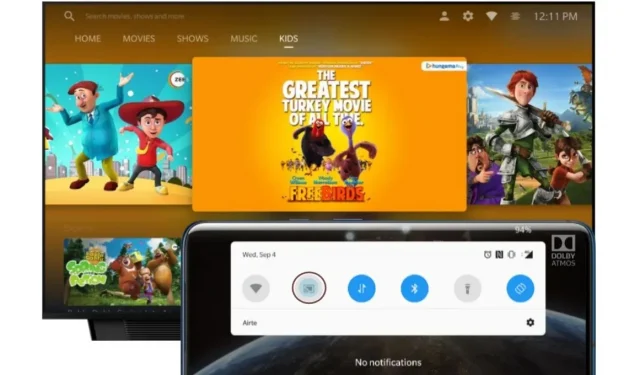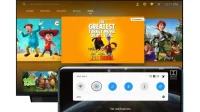Smartphones have gotten bigger and better over the years. Most of them are equipped with an OLED panel with a diagonal of at least 6 inches, stereo speakers and more. But the comfort of watching content on a big screen TV while you relax on the couch is unmatched to this day.
Fortunately, modern smartphones come with a wonderful feature that allows you to display content from your device on your TV. In this article, we will look at how to connect your phone to a TV using Screen Mirroring.
What is screen mirroring?
Screen Mirroring (broadcasting) is a feature of most smartphones that allows you to transfer content from your phone wirelessly to the screen of another device, mainly a TV or an external monitor. This is useful in situations where you want to share photos, play games, and watch movies on the big screen.
Smart TVs have a built-in screen mirroring feature, whereas for older TVs, you will need a media drive or media player for screen mirroring to work. Google Chromecast, Amazon Fire Stick, and Roku are some of the most popular media streaming devices that support screen mirroring.
Broadcasting your smartphone to Smart TV basically requires two prerequisites. First, make sure your smartphone and TV must be connected to the same Wi-Fi network. Second, your smart TV must have Chromecast built-in or/and you must have a streaming device that supports screen mirroring.
How to mirror Android phone on Smart TV?
Although most smartphones have a screen mirroring option, the terminology and steps to activate this feature may vary depending on the smartphone manufacturer. Here’s how to connect your Android phone screen to your smart TV wirelessly.
1. Swipe down twice from the top of the screen to open the Quick Settings panel and look for the Broadcast option.
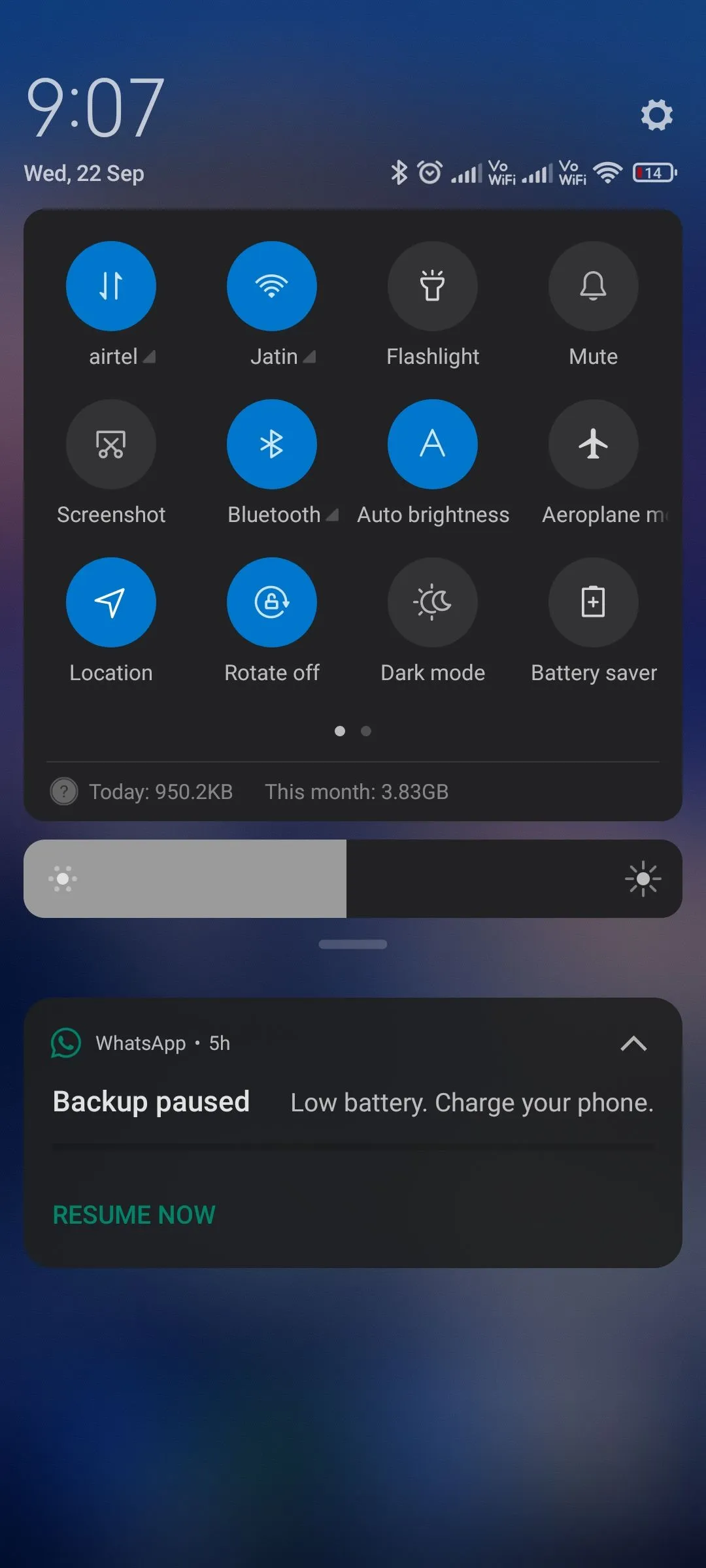
2. If you don’t see this option, click the Edit button and look for the Cast To Screen radio button.
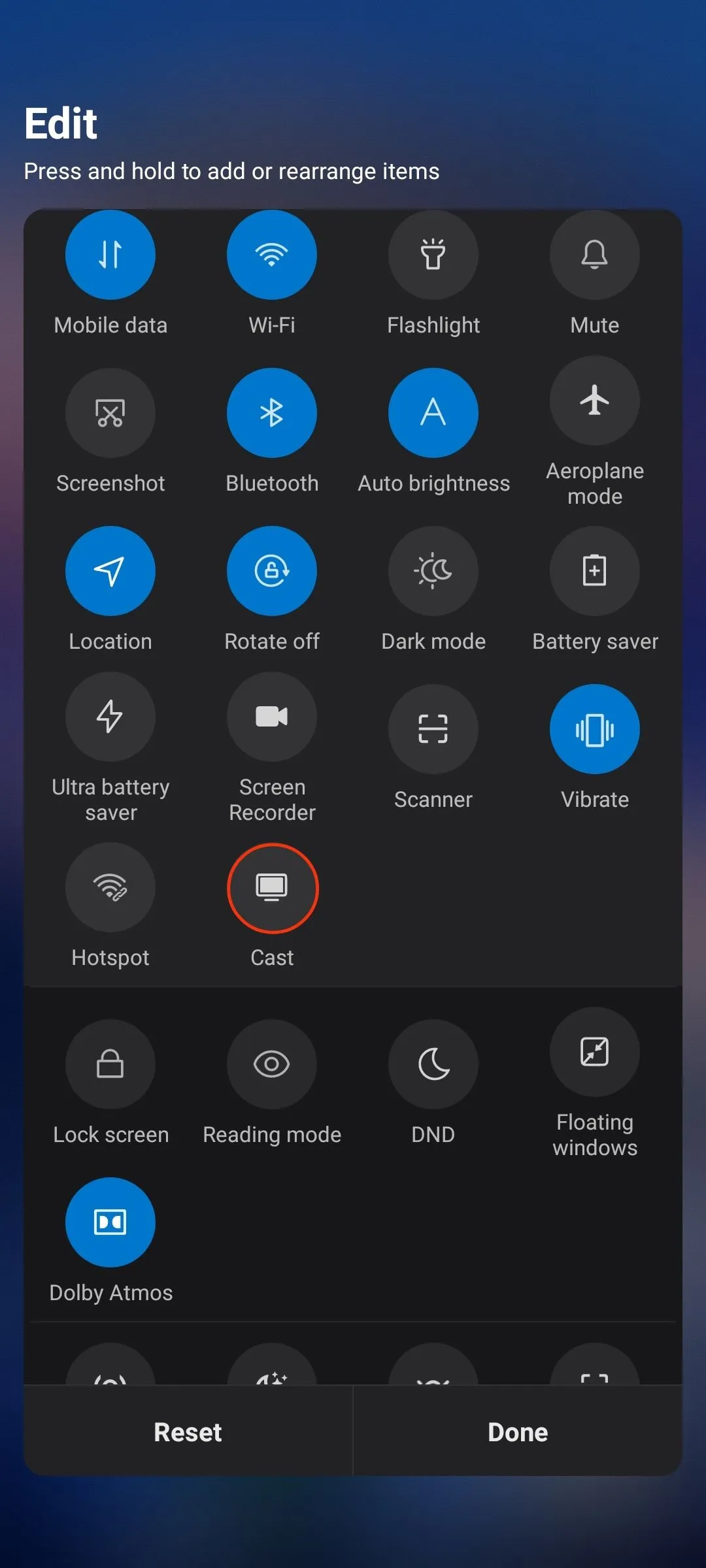
3. While holding the broadcast button, drag it to the quick settings panel.
4. Click the Cast to Screen button and see if your Smart TV is listed.
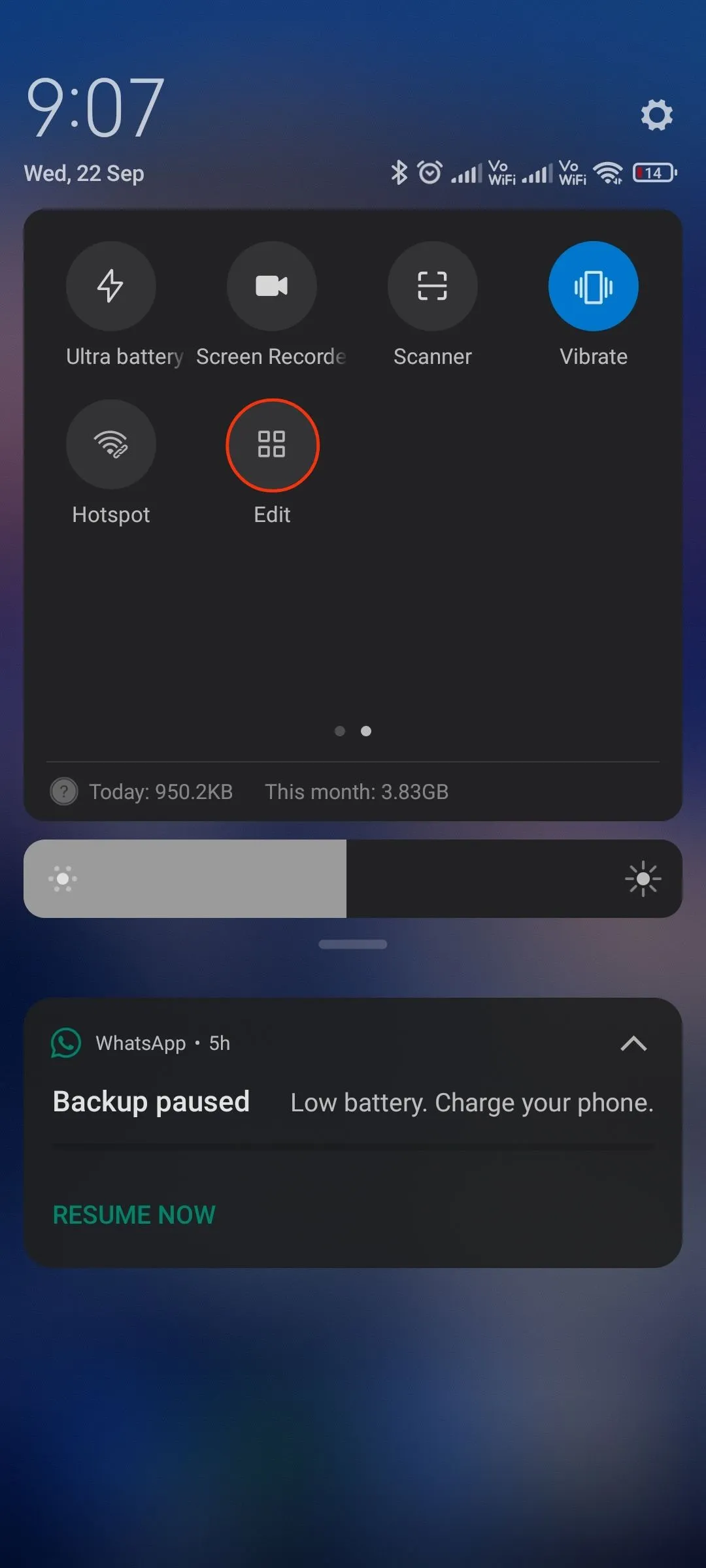
5. Click on your TV name to start mirroring your Android phone.
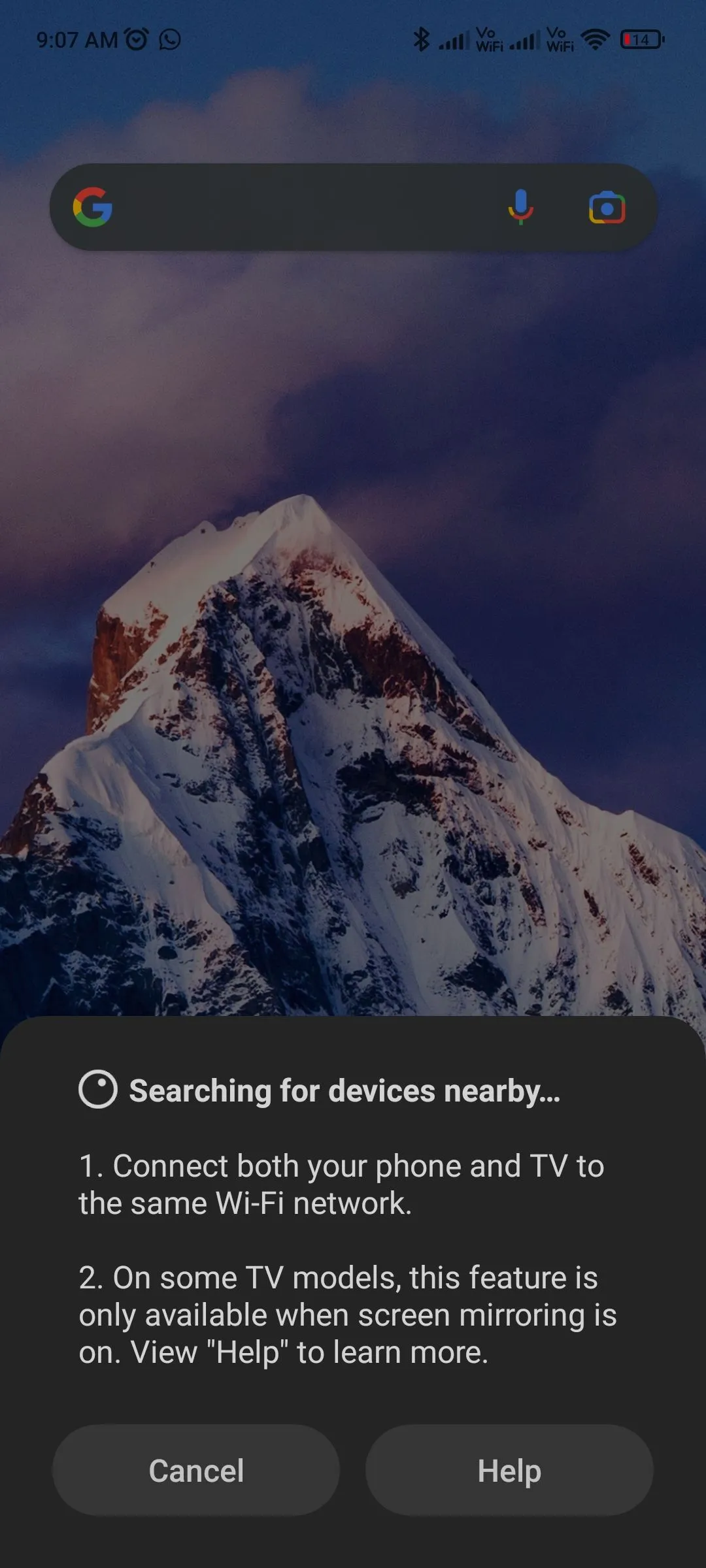
To disable Android Screen Casting, tap the broadcast toggle in the quick settings bar. Android screen mirroring is available on devices running Android 5.0 or later.
If you don’t see the Screen Casting option in the Quick Settings panel, check if your Android device has the ability to wirelessly connect to a TV under a different name in Settings.
For example, Xiaomi devices have two options in device settings that offer screen mirroring – Cast and Wireless display. Most users can share the Xiaomi screen with a wireless display. The option is in Settings > Connectivity and Sharing > Wireless Display.
How to mirror Android screen wirelessly using Google Home app?
An alternative way to connect an Android screen to a Smart TV is to use the Google Home app. This method will work if you have a Chromecast or Android TV with Chromecast built in.
1. Download the Google Home app from the Google Play store.
2. Set up Google Chromecast if you haven’t already. If your smart TV has a built-in Chromecast, it will automatically appear in the app.
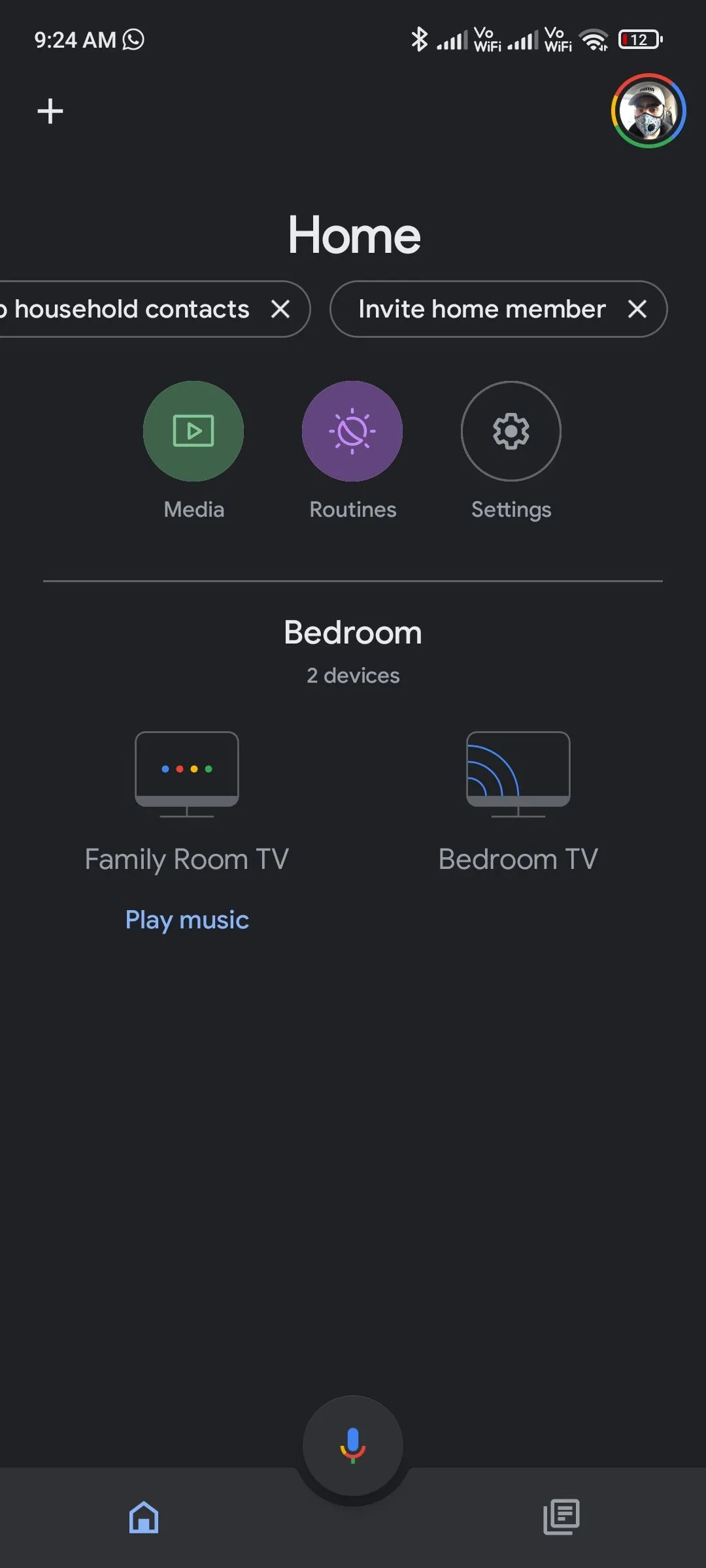
3. Click on the device and then click “Share My Screen”at the bottom.
4. Tap on the broadcast screen > Start now.
5. To stop mirroring Android to Smart TV, repeat the steps and select Stop Mirroring.
How to mirror iPhone on Smart TV?
iPhone and iPad also support screen mirroring, but you’ll need an Apple TV or an AirPlay 2 compatible smart TV. Here’s what you need to do to connect your iOS mobile phone to your TV wirelessly.
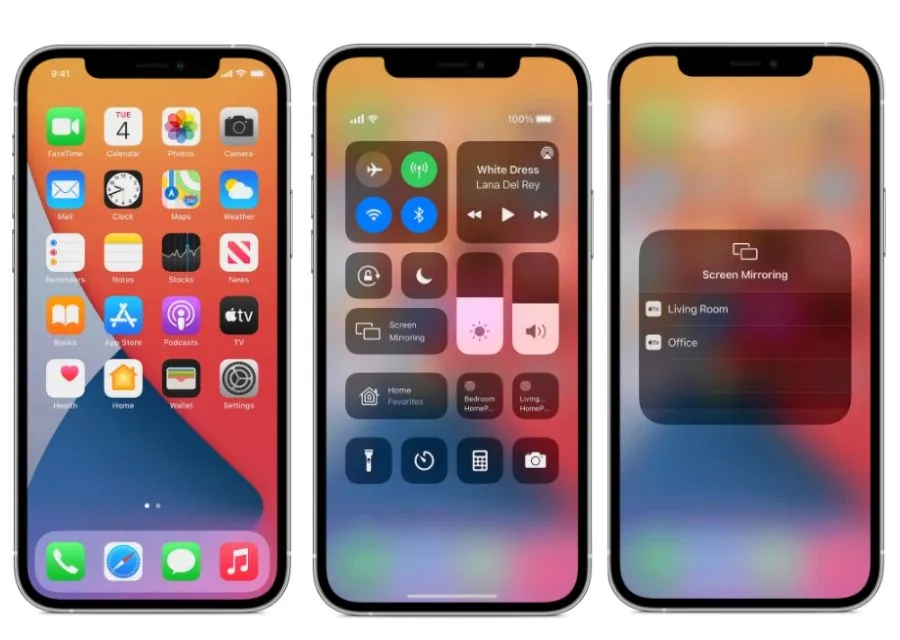
- Connect your iPhone/iPad and smart TV to the same Wi-Fi network.
- Swipe down from the top right corner to go to the Control Center.
- Click on Screen Mirroring and select Smart TV from the list.
If you don’t have an AirPlay 2-compatible Apple TV or smart TV, you can still cast content from Chromecast-enabled apps on your iOS device. Just open an app (like YouTube), press the broadcast button and select your TV from the list. This feature only works on iOS devices running iOS 13 and above.
